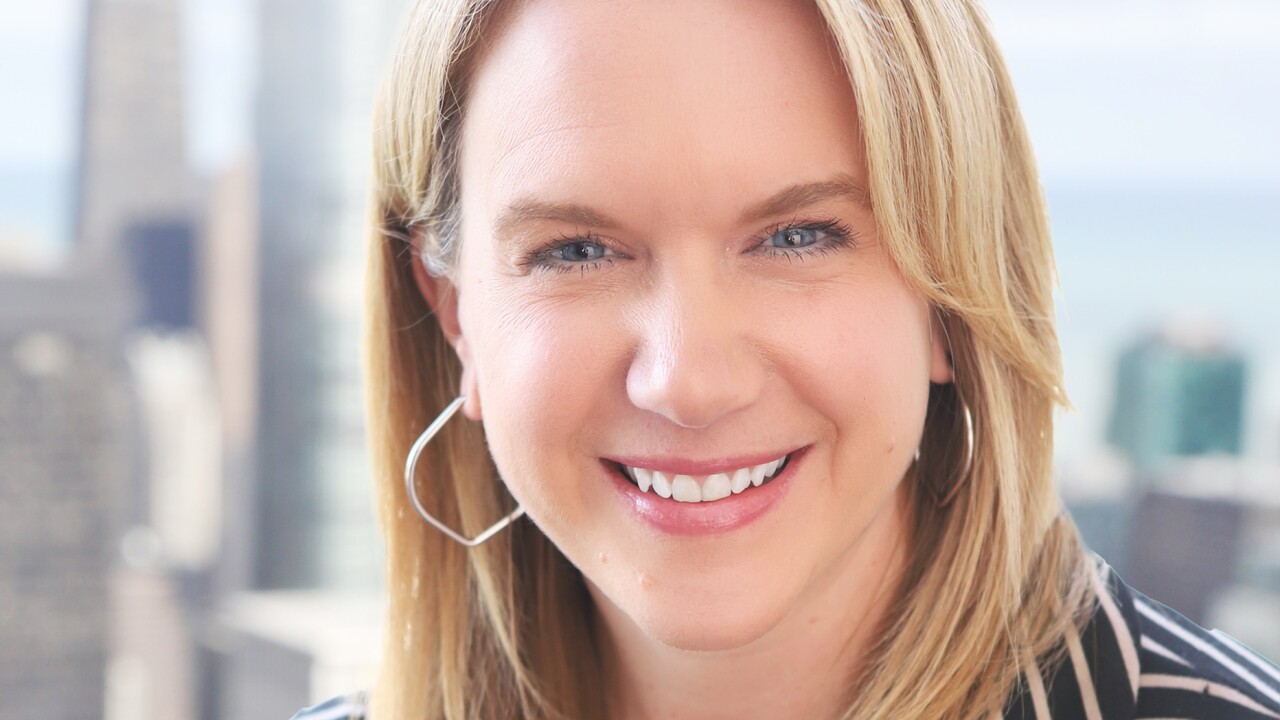The London payments technology vendor Masabi Ltd. said Wednesday it has raised $2 million in capital to help market its mobile phone transit fare system.
Masabi is planning to launch by yearend the "ticket machine in your pocket" system, which lets people purchase train tickets using almost any basic mobile or smartphone, including Apple Inc.'s iPhone, Research In Motion Ltd.'s Blackberry, Google Inc.'s Android and various Motorola Inc. and Nokia Corp. phones, Ben Whitaker, Masabi's chief executive, said in an interview.
Masabi said that two companies, Atos Origin SA, a French information technology provider, and thetrainline.com, a U.K. ticketing website, are planning to offer its system in the next few months. The funding came from m8 Capital, a U.K. mobile technology investment company.
"Basically, if a phone has a color screen and Internet capabilities, then the consumer will be able to use our service," Whitaker said. This application is only available to purchase train tickets.
Numerous banks and card companies have been pushing for years the idea of using mobile phones to make purchases, using contactless chips built into handsets.
The concept has not yet caught on because carriers have shown little interest in adding the hardware to their phones.
In the past year, barcodes have gained some traction in mobile payments, in large part because the software application can be easily downloaded.
Target Corp. and Starbucks Corp. both accept mobile phone barcode payments at stores in the U.S.
To purchase tickets with the Masabi system, consumers download a free app. They select the desired tickets after inputting the time and destination, and pay by credit or debit card.
The application saves the consumer's payment information for the next purchase, Whitaker said.
The service complies with the Payment Card Industry Data Security Standard, and every communication is protected and secure, Whitaker said.
"Consumers do not have to sign up for an account or provide a password," he said.
Users can either pick up physical tickets from an automated kiosk, or use their phone to gain access to participating transit systems; the app generates a barcode on the screen that can be read by scanners carried by conductors.
If the app cannot find details about a specific trip, users can send the data to Masabi by text message.
The company will work behind the scenes to find a suitable train, and will send the details back to the user.
"Once the encrypted text message transaction is complete, the application notes that the ticket is available on the screen, completing the transaction. The consumer really does not have to do anything in this instance, other than press a button," Whitaker said.
Consumers do not pay a fee other than the purchase price for the tickets, Whitaker said. Transit operators, however, pay a service fee that is split between acquirers and Masabi. Whitaker would not say what the fees would be.
Masabi believes the mobile ticketing system can make self-service ticket machines, and even ticket windows, less necessary, Whitaker said. Consumers would not have to wait in lines and worry about leaving their tickets at home because the barcode technology means the tickets are paperless, he said.
Helping eliminate paper tickets makes sense because "nearly all consumers have a mobile phone that is always with them," Todd Ablowitz, the president of Double Diamond Group, a Centennial, Colo., consulting firm, said. Therefore, "mobile is a perfect fit for the transportation space," Ablowitz said.
However, while a barcode system may provide a contactless scanning option, the main challenge is that "the barcode readers may have problems with reading the screen, and may take a few tries," which ultimately may slow the line down, Ablowitz said.
To eliminate this challenge, Masabi is working with scanner manufacturers "to build a new barcode-scanning system" to enable all rail operators to scan tickets via a mobile phone without any issues, Whitaker said.





